Frédéric Mouen had little knowledge of cocoa when he decided to create Abbia. His father was one of the first agricultural engineers in Cameroon, but Frédéric chose a career as an engineer instead. It was in the United States, where he temporarily settled, that he discovered the Bean-to-Bar movement. He then became interested in cocoa bean cultivation and thought about working with farmers on his father’s land. With his partners Victor and Bryan, respectively a geological engineer and a banker, Frédéric created Abbia, whose name pays tribute to the carved game tokens that the communities of Southern Cameroon used for gambling. The game of Abbia had been banned by the German colonisers due to its sometimes tragic consequences.
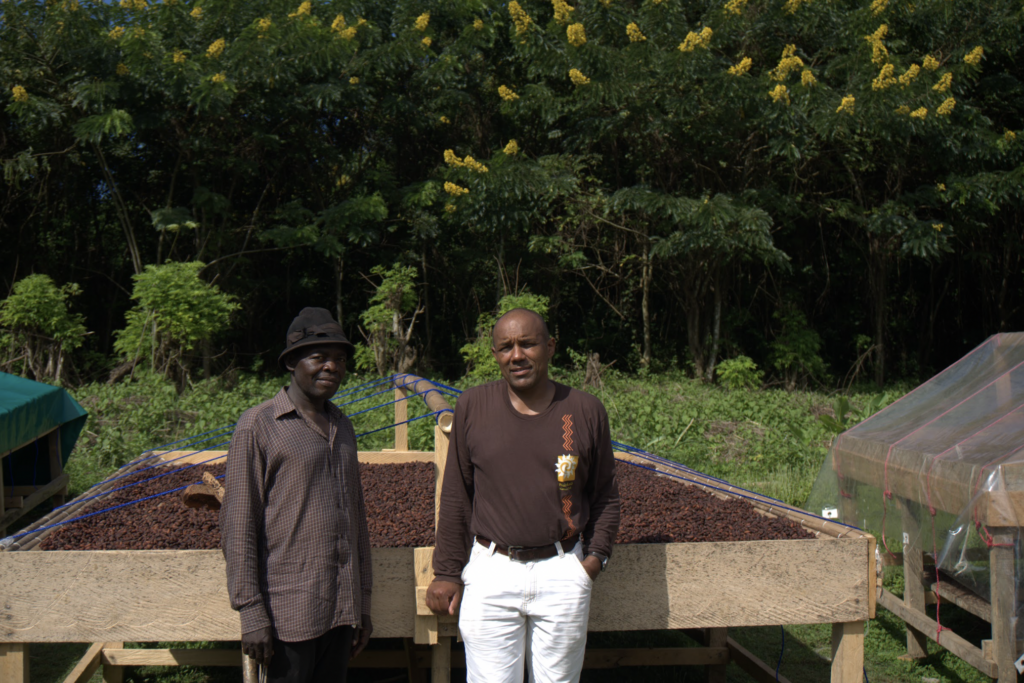
“Abbia Cocoa was started with seed money from Jigoro Investments, NFP, a not-for-profit 501(c)3 organization dedicated to sustainable, ethical investments in Cameroon and other under-developed sub-Saharan countries.
Before the 1980’s. Cameroon was well known for its fine and flavour cacao. Since then, for some reasons the cacao industry was no longer a priority and most farmers moved to bulk cacao. Therefore, my plan was to focus on very old farms which were created at the beginning of the 1910’s by the Germans. All of them still belong to families who care about them. With my local partner, Victor, we found out that the cacao was already of very good quality, produced in a great agroforestry environment. Our next milestone was to master the process to get specialty cacao credentials. That was done with the help of Zoï (ZOTO.be).”
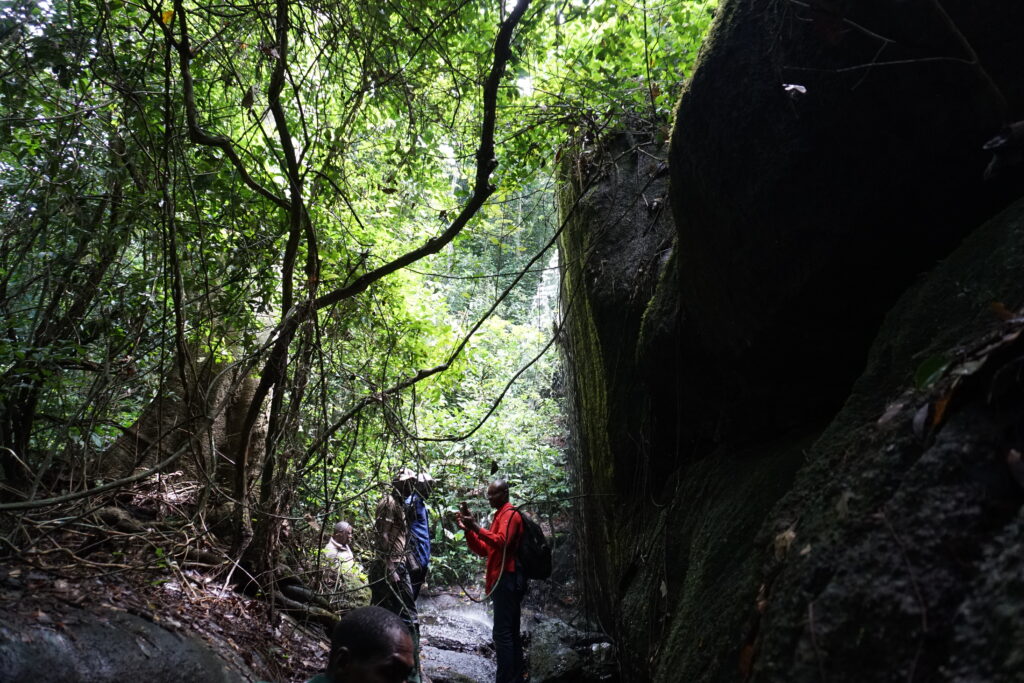
Abbia was born from an idea: to find forgotten old plantations dating back to the German colonization period. It should be noted that it was the Portuguese who introduced cocoa plants to Cameroon. These were mainly Forastero cocoa trees that came from Brazil. However, it was the Germans who developed cocoa production in Cameroon. Cameroon was then a supplier of high-quality cocoa to many European markets, including France and Germany. But when oil production began in Cameroon in the 1970s, agriculture collapsed, and the infrastructure that allowed for the transportation and export of quality beans was destroyed.
Many plantations remained uncultivated, often due to lack of funds. The cocoa farmers who continue to cultivate cocoa often make a living from other crops, such as bananas, plantains, mangoes, plums, tangerines, avocados, and wild fruits. They may even engage in vegetable farming. The cocoa trees blend seamlessly with the forest and other plantations, in a completely harmonious manner, following a principle of agroforestry that could be called natural.
“There is still some work to do, but I think that we are on the good path to deliver awesome specialty cacao from Cameroon. This project will help our farmer partners and their families, but in my mind it could also be a good way to promote a piece of Cameroonian culture in the name of ABBIA which was a popular gambling game played in Cameroon for centuries through the mid-1950s.”
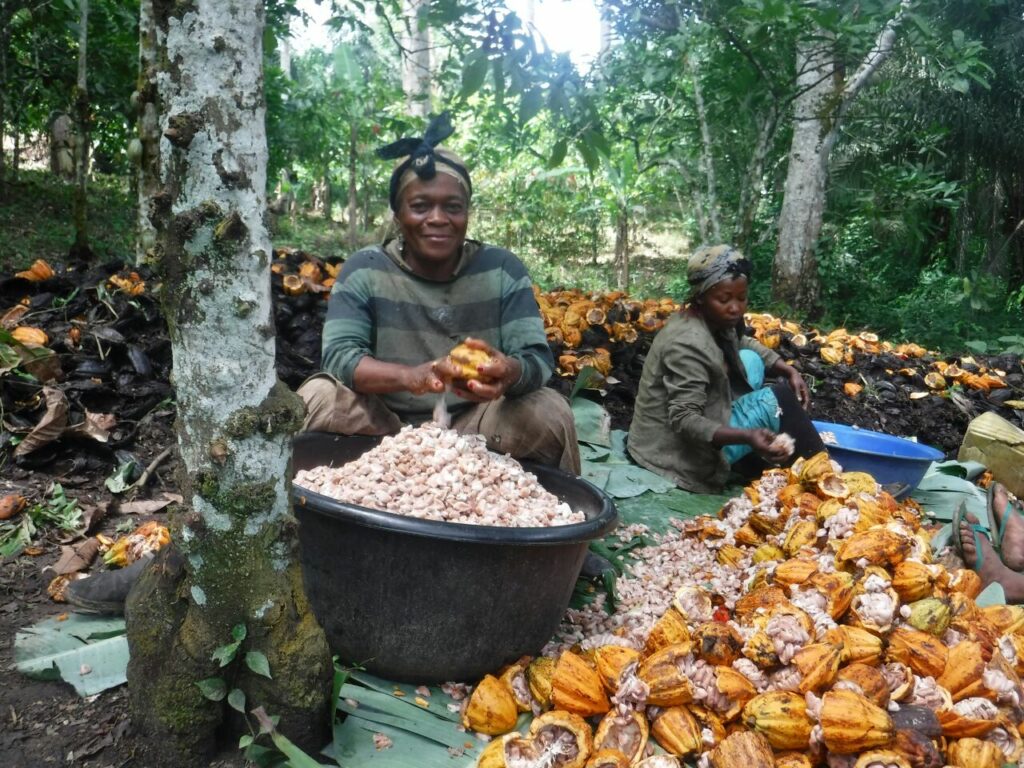
In Cameroon, plantations are passed down from generation to generation. They are rightly seen as valuable resources and have significant cultural value. Unlike hybrid plants, cocoa trees can live for up to a hundred years. That’s why Cameroonian farmers preserve their old trees, with a long-term vision of inheritance.
While traversing the region around Yaoundé in search of these famous forgotten plantations and the farmers who had inherited them, Victor met Robert Mbilongo in Maganga, a small village 80 km away from Yaoundé. Having become a banker and the mayor of his district, Mr. Mbilongo always maintained a deep love for the family farm and working in the plantations.
Maganga is one of the forest-rich areas of Cameroon, and the plantations are located amidst the forest. Since most of these trees are old (ranging from 20 to 100 years), they are tall, sturdy, and require little maintenance. However, reaching the plantations often involves walking or riding a motorcycle for 8 km, making cocoa transportation and work particularly challenging.
In partnership with Abbia Specialty Cocoa, Mr. Mbilongo is passing on this expertise to his community of farmers, whom he leads in reintroducing the techniques and good practices from his youth to produce premium quality cocoa beans.
Mr. Mbilongo had the desire to develop cocoa production in the region but lacked the necessary infrastructure. It was this shared commitment to creating a sustainable and enduring value chain for the local community that led Abbia and Mr. Mbilongo to become partners.
Although Mr. Mbilongo is now the “chief planter” of Abbia, building this brand-new value chain required patient trial and error.
In the first year, Abbia starts by purchasing cocoa from Mr. Mbilongo. The first ton is shipped to Chicago, where Frédéric resides at the time. Determined to create a new market for this grade 1 Cameroonian cocoa, Frédéric visits various Bean-to-Bar chocolatiers. One question keeps coming up: Does the plantation have the capacity to export more than one ton? Consequently, Abbia orders a container of 12 tons. However, due to the perceived high selling price, Abbia ends up being stuck with this stock for nearly a year. Realising the importance of keeping his word to Mr. Mbilongo, Frédéric orders another 12 tons, which Abbia sells locally this time.
In the second year, Frédéric and his partners realise that the quality of the beans is lower. Managing the fermentation and drying process for one ton of cocoa is much easier than for twelve tons. Fermentation takes about 6 days, and drying takes approximately 7 days. Given the lack of infrastructure, fermenting and drying 12 tons of cocoa required repeating the process numerous times. This increased the risk of errors, and the process could be rushed to save time, resulting in a loss of quality.
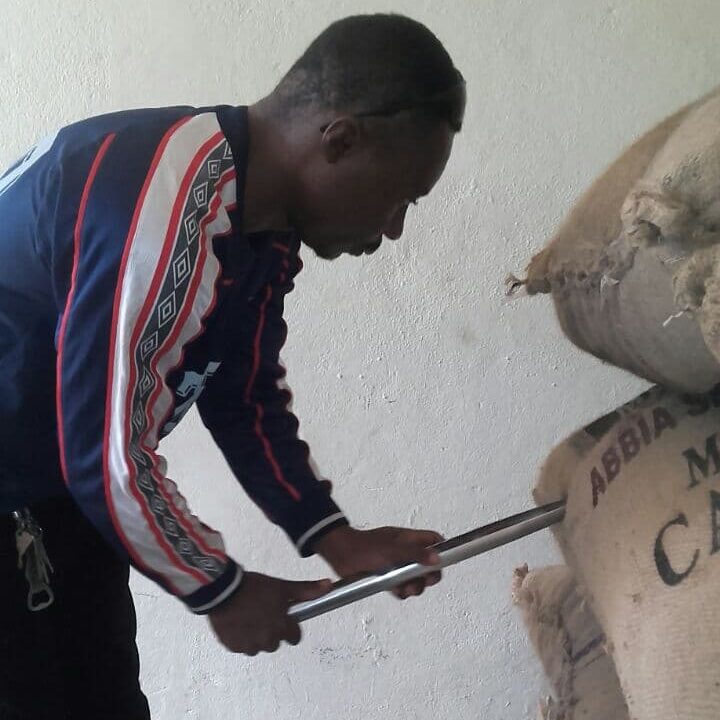
In the third year, the three partners decide to closely monitor the fermentation and drying process. Victor personally invests himself in this task. First, together with Mr. Mbilongo, he selects around ten farmers based on their motivation to maintain quality standards. For two months, he visits one plot per day around Manganga. He selects 10 trees, ranging from 20 to 100 years old. For each tree, he selects a pod to test. He measures the pH of the pulp, tastes the beans and mucilage. The test results are sent to Zoï, an expert in sensory analysis and the cocoa fermentation and drying process.
Based on these tests, Zoï establishes two flavour profiles: fruity and chocolaty. She also proposes a design for fermentation boxes and recommends purchasing drying areas. Victor then implements these new fermentation and drying protocols to ensure consistent flavour profiles. From that point on, the farmers handle the cultivation, while Victor manages the fermentation and drying processes. This division of roles relieves the farmers of the responsibility for fermentation and drying errors.
Once the beans are dry, meaning they have reached approximately 7% moisture content, they are hand-sorted and placed in airtight GrainPro bags. These bags protect the beans from insects and maintain their moisture level during transportation. The port of Douala is located in a very humid area. If the cocoa beans were stored in jute bags, there would be a high risk of mould. The beans received by Cacao Latitudes in 2021 are the result of these new quality protocols. Additionally, these protocols have allowed Abbia cocoa beans to obtain organic certification guaranteed by Ecocert in October 2021.

Following the recommendation of a mutual acquaintance, Frédéric sends samples to Kate Cavallin and Justine Chesnoy from Cacao Latitudes.
Kate and Justine are impressed by the quality of Abbia’s cocoa beans. They are eager to promote the Cameroonian terroir, which is still often overlooked or even negatively perceived in the cocoa industry. Why? Because African countries often suffer from negative stereotypes, including being associated with child labor. However, education of children is a priority for Cameroonians. Despite the government’s destruction of public schools in Cameroon, parents continue to invest heavily in their children’s education. Without quality local education, children are sent to schools in the major cities of the region. This is also why Abbia supports the local primary school.
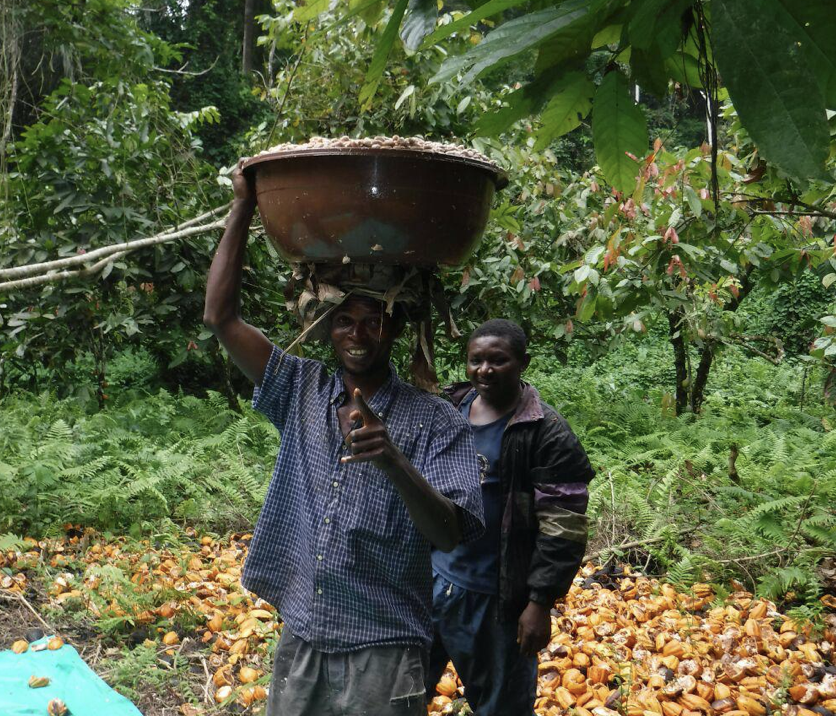
To support the new value chain that Abbia and its partner, Mr. Mbilongo, are trying to build, Cacao Latitudes decides to initially order 2 tons of cocoa beans. Then Kate and Justine make the decision to commit for the long term. In order to ensure sustainable volumes, Cacao Latitudes will need to build a durable portfolio of clients every year. This typically involves at least four medium-sized Bean-to-Bar chocolatiers and one large chocolate manufacturer. Building such a portfolio usually takes an average of four years.
“The partnership with Abbia is exceptional because Frédéric and his partners come from a different background and bring new perspectives. We have a genuine bond of trust. Not only do they demonstrate real investment in local communities and great motivation, but they also deeply respect my profession,” explains Justine Chesnoy.
Indeed, having tried himself to create a market for his beans and having developed all the initial links in the value chain, from the plantation to the export, Frédéric understands the complexity and the multitude of risks that accumulate at each stage.
Copyright © 2024 Cacao Latitudes | Conditions of Use | Cookie Policy